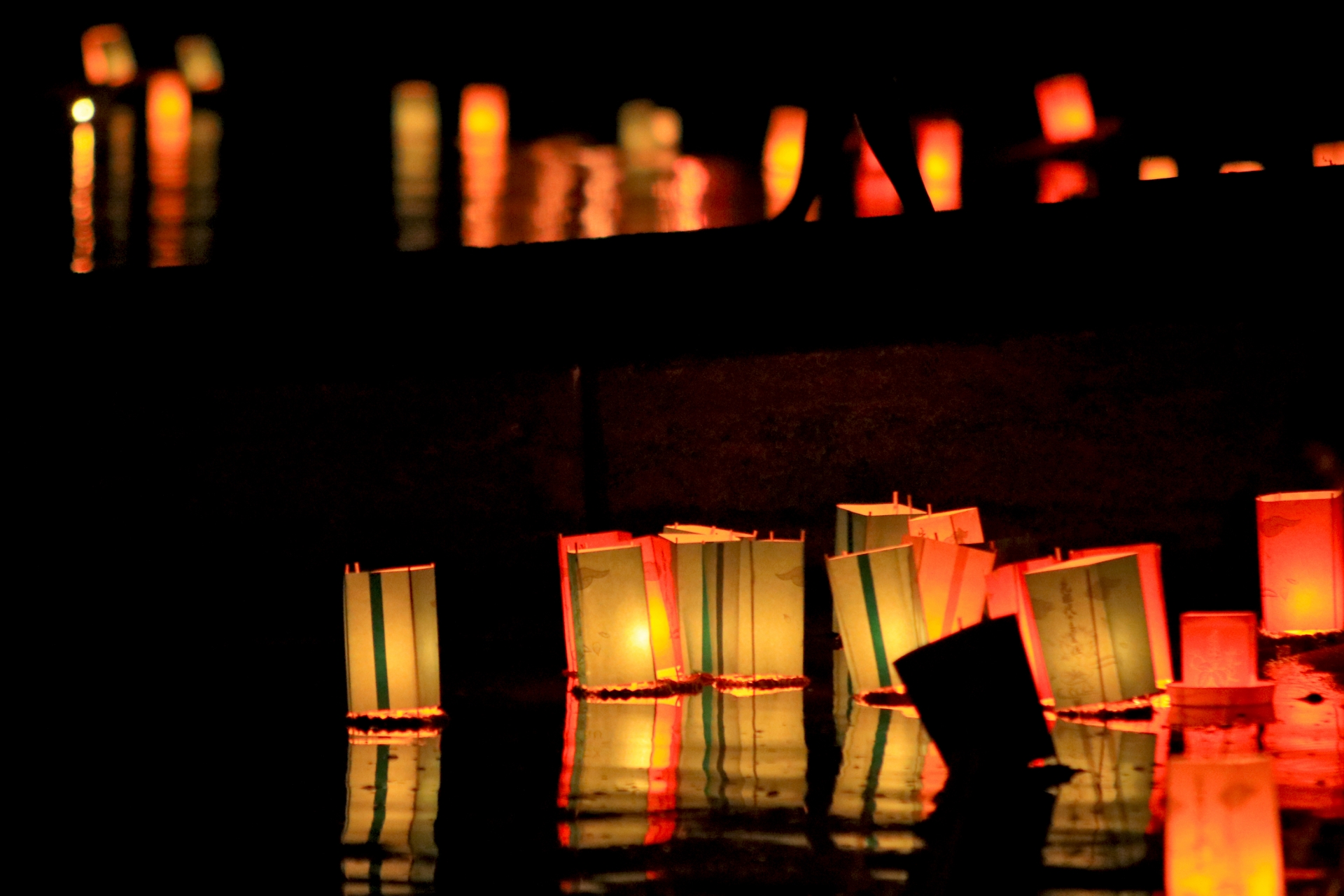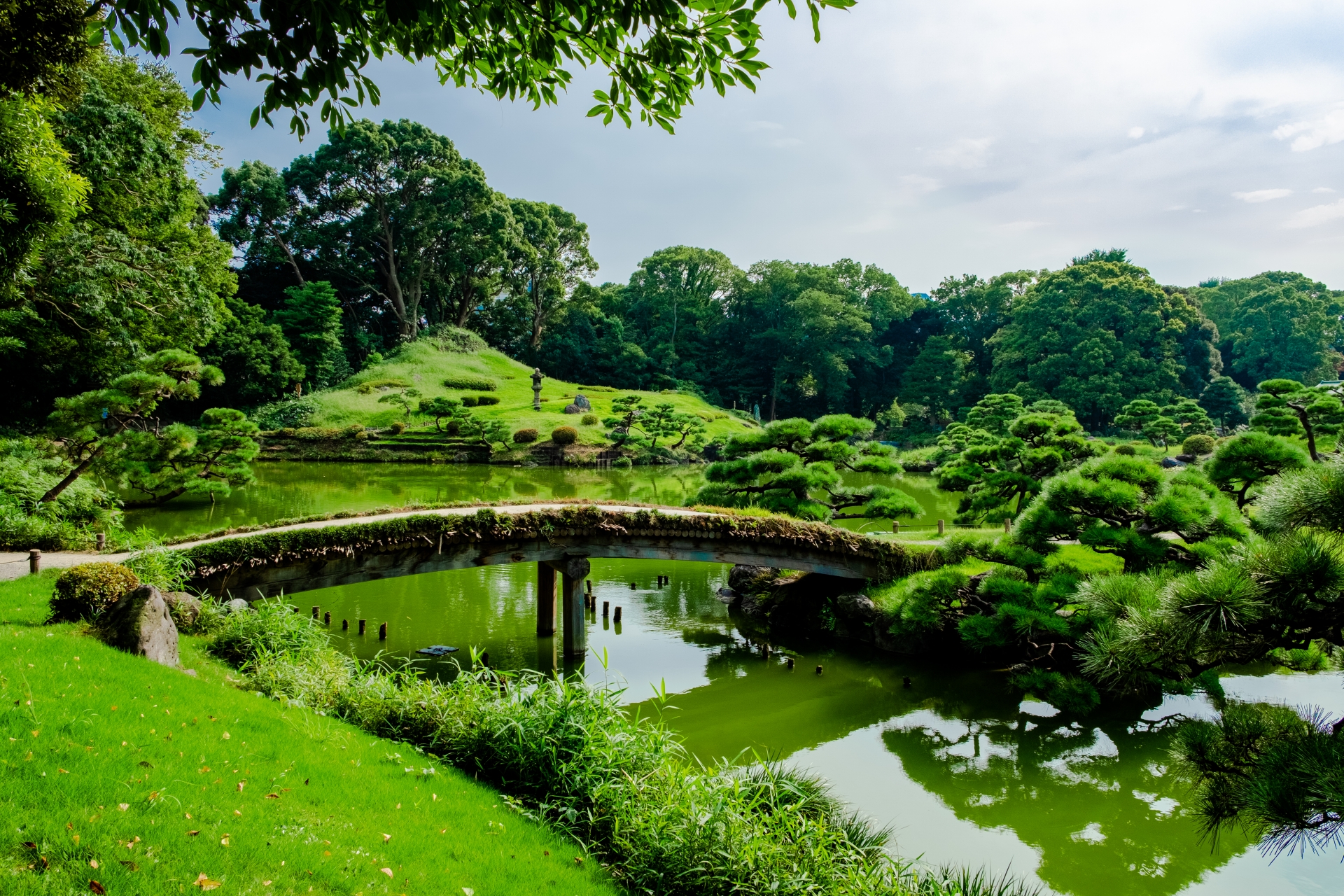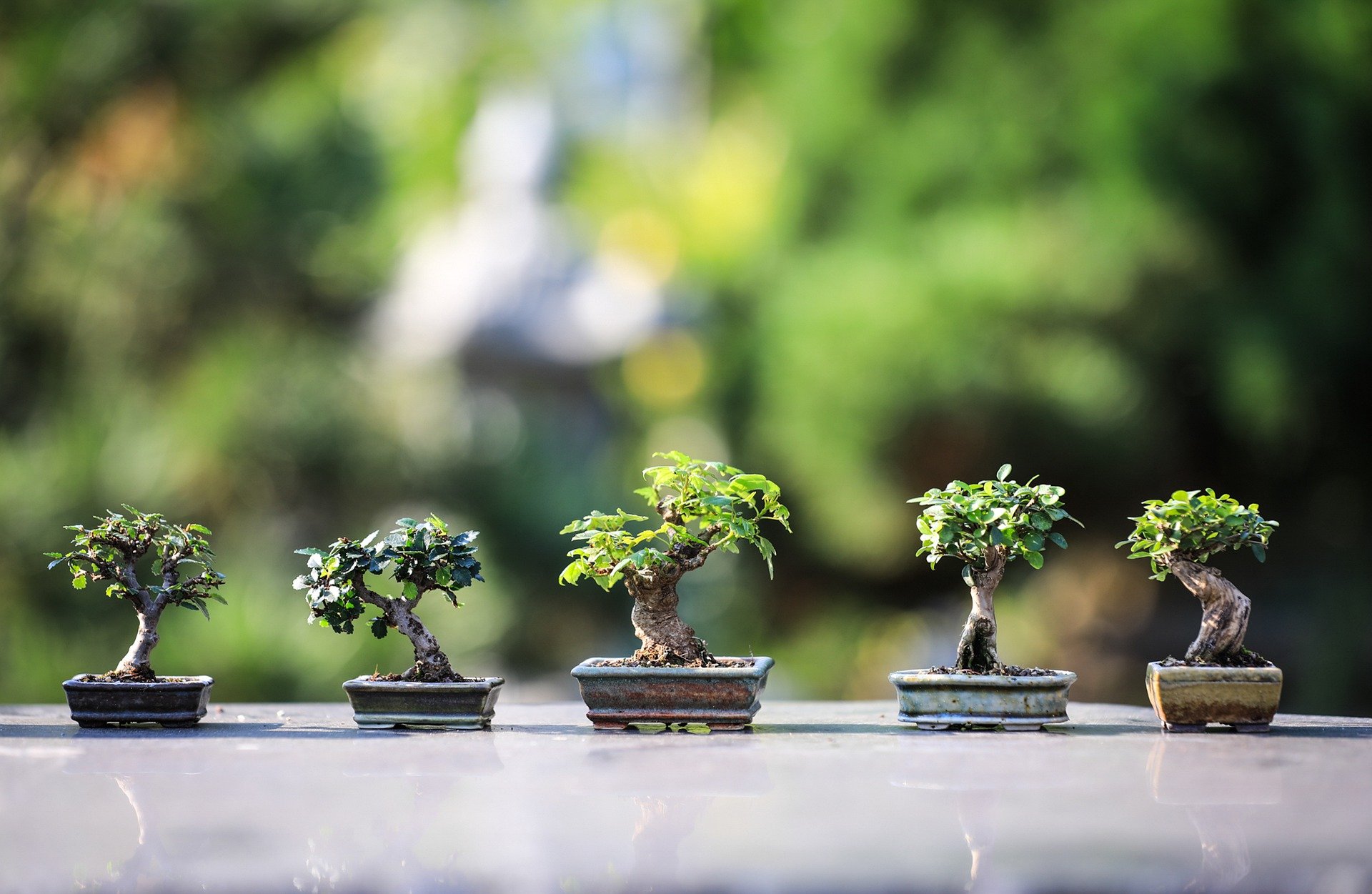
Miho Shimizu is a Japanese freelance writer settled in Shizuoka with her husband and two rabbits. Fascinated with travelling at the age of 18, she has spent most of her long holidays exploring incredible spots around Japan. Also love to listen to music, draw, and read novels over a cup of green tea.
This post may contain some affiliate links. When you click through and make a purchase we may receive some commission, at no extra costs to you.
Summer is a season filled with sunshine, full of outdoor activities, cheerful events and festivals packed with crowds, and hot weather which melts ice cream and our body. Summer in Japan is no exception to this and summer is a popular time to travel, with a wide range of (adventure) options in nature as well as seasonal festivals (Japanese matsuri) that are often accompanied by stunning fireworks displays. Summer flora such as sunflowers and lavender grow abundantly thanks to the plenty of sunshine. It seems like everything is back alive after a gloomy rainy season.
Japanese people spend a peaceful period of time called “Obon” at the beginning of summer, a traditional Japanese event to honor the spirits of families and ancestors who have passed away. Here you can learn the basic idea and history of Obon culture in Japan!
1. What is Obon?
In Japan, Obon (お盆) refers to an annual holiday when the spirits of families and ancestors travel back to this world. The Buddhist event generally takes place from August 13th – 16th, and during this period many people pay a visit to their family graves to honor the spirits of their ancestors and loved ones. Although it is a nationwide event, manners and rules may slightly differ depending on each region. In general. families will come together, visit the graves of their ancestors and make food offerings at altars and temples. You will also see many fires at the entrances of houses to guide the ancestral spirits home.
While Obon is a time dedicated to welcoming the spirits of ancestors, it is also recognized as one of Japan’s three biggest holidays along with Golden Week in May and New Year’s holiday in January. If you are planning to visit Japan in Summer, remember that public transport and accommodation in popular tourist destinations easily get fully booked during Obon holidays. Even though Obon week is not an actual public holiday in Japan, many people take the time off from work and Obon week is one of the busiest travel seasons of the year!
2. Origin of Obon
It is believed that the custom of Obon originally came from a traditional Buddhist event in India. The word “Obon” is a shortened form of Ura-bone (also known as Ullambana in Sanskrit), which refers to an annual Buddhist festival aiming to console the spirits of their ancestors and relieve them from suffering. Similar festivals are held in some Asian countries such as China in mid-June.
The history of Obon culture in Japan started around the early 7th Century as a part of a formal ceremony held by the emperor Suiko at the imperial court. During the Edo period (1603 – 1868), it became popular among ordinary citizens as a special holiday to honor the spirits of their ancestors by lighting candles or praying in front of their Buddhist altar at home.
3. Traditional Customs during Obon
During the four-day Obon holidays, a series of events are held in order to welcome back the spirits and see them off as they return to another world on the last day. Here are the traditional customs on Obon to remember, you can witness them everywhere!
- Mukaebi (Welcoming fire)
Mukaebi is a sacred fire which is often burned on August 13th in front of each household to guide the spirits of their ancestors back home. - Okuribi (Seeing off fire)
Okuribi is lit on the last day of Obon, which is generally August 16th to send the ancestors back to their world. - Shouryouma (Spirit horses)
Shouryouma are spirit horses made of cucumber and eggplant with chopsticks or skewer legs. The cucumber represents a horse that takes the ancestors back home quickly, whereas the eggplant is a cow slowly takes them back to their world. - Toro Nagashi (Floating lanterns)
Recently, the ceremony of floating lanterns (toro nagashi) have gained in popularity. The beautiful lanterns are set afloat down a river to symbolically send off the ancestors’ spirits.


4. Bon Odori
Bon Odori is a traditional Japanese dance which is generally performed at events or festivals during Obon holidays. It is said to have a history of about 600 years dating back to the Muromachi period (1336 -1573). Participants wear yukata, a casual traditional Kimono-style garment, and dance to traditional music while circling around a stage called Yagura to honor the spirits of ancestors. The dance is often accompanied by Japanese taiko drums. There are numerous Bon Odori festivals that can be seen around Japan and the music and the style of dance performance may differ depending on region. Visiting a Japanese festival like the Bon Odori is a great reason to visit Japan!
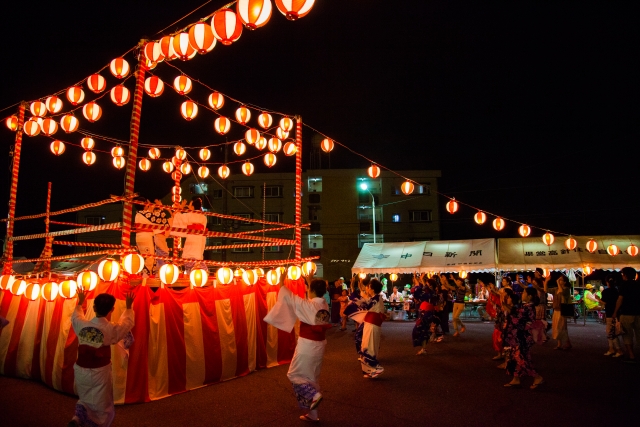
Three Great Bon Odori Festivals in Japan
1. Awa Dance Festival (Tokushima)
Awa Dance Festival is the most famous Bon-odori festival in Japan, held from August 12th – 15 in Tokushima Prefecture every year. With a history of over 400 years, it attracts more than 1 million visitors with a range of events and lively Bon-odori performances held around the entire city! Tokyo has its own dance festival based on the famous Awa Odori Festival. Each year in the last weekend of August, the streets of Koenji form the centerstage of the Koenji Awa Odori attracting huge crowds!
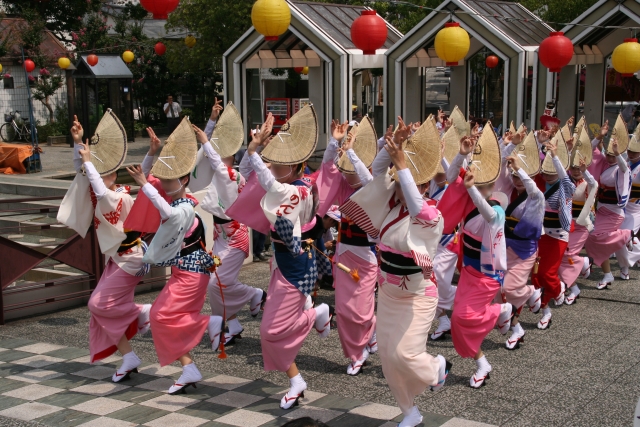
2. Gujo Odori Festival (Gifu)
Gujo Odori Festival is a 400-year old Bon Odori festival in Gifu Prefecture. It is widely known as the longest Bon-odori festival held over a period of 30 festive nights from mid-July through early September! During Obon season from August 13th to 16th, several dances and songs are performed and everyone can join the crowds and enjoy dancing all through the night!
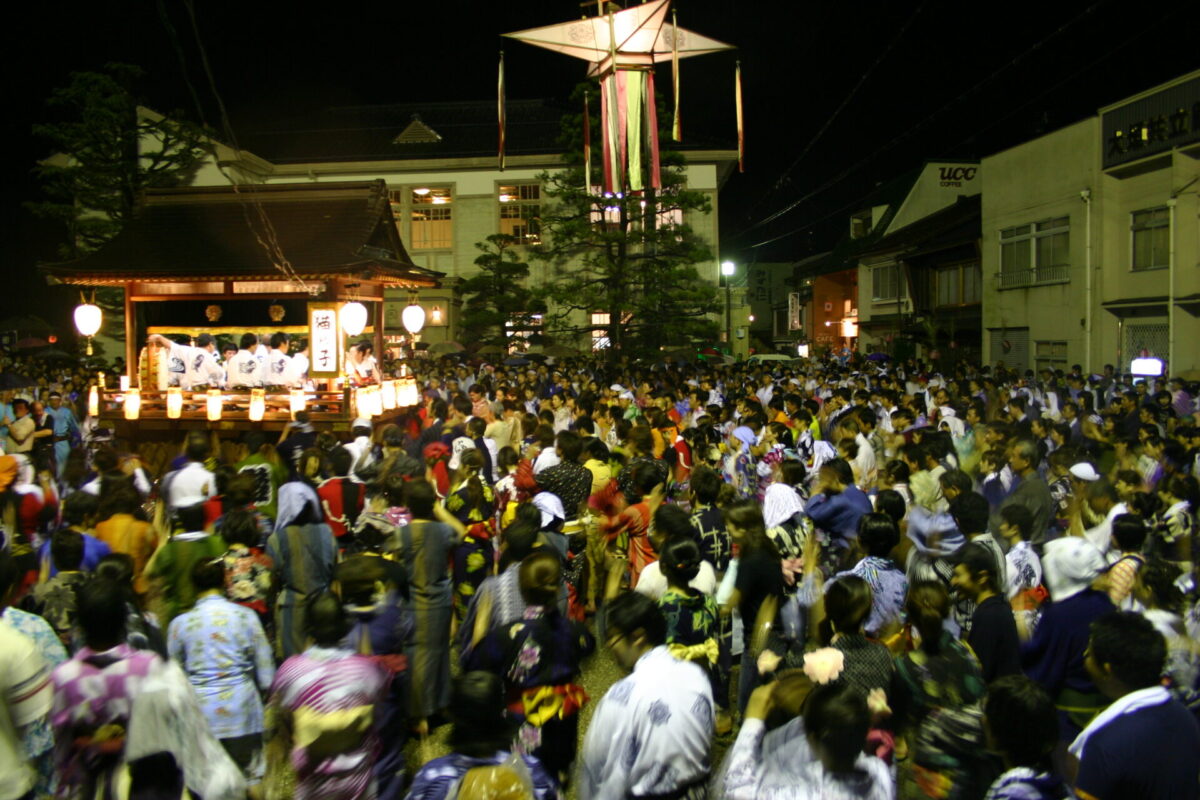
3. Nishimonai Bon Odori (Akita)
Akita Prefecture is home to Nishimonai Bon Odori, which is not as well-known as the other two Bon Odori festivals above, but still recognized as one of the three great Bon Odori festivals in Japan. The festival is held from August 16 – 18 and has a history of over 700 years! The dance is known as the ‘dance with the spirits of the dead’ and participants cover their faces with black hoods known as Hikozukin and woven half-moon hats known as Amigasa. Enjoy the attractive dance performances by mysterious and alluring dancers dressing in traditional patchwork Kimono called Hanui!

Enjoy Obon Festival with Yukata
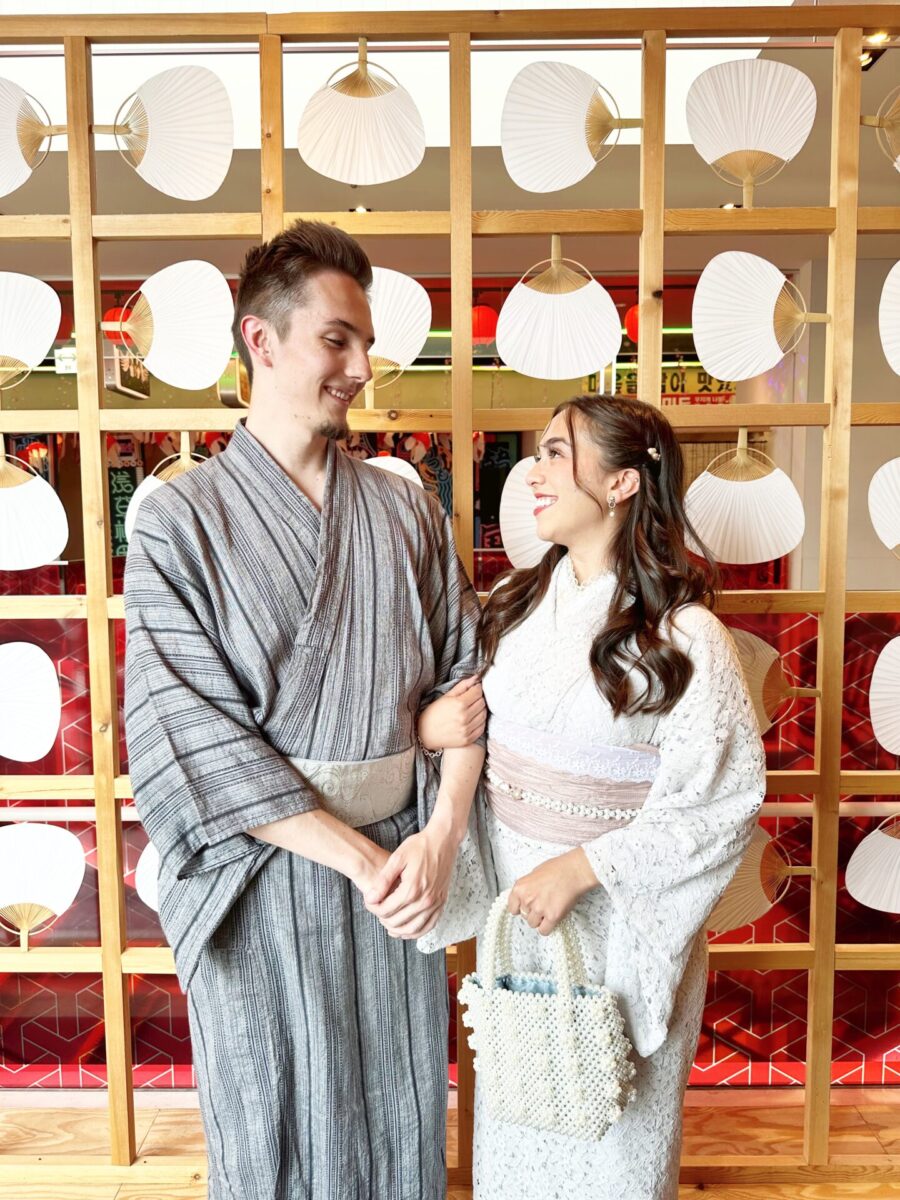
Yukata (Summer Kimono) Rental is Now Available!
Discover Japan’s summer essence with a traditional Yukata from Kimono Rental Wargo! Explore cities or join festivals effortlessly starting from just ¥3,300. Our shops are conveniently located in Tokyo, Kyoto, Osaka, Kawagoe, and Kanazawa. Elevate your adventures with the elegance of the Yukata and create unforgettable memories in Japan!
Japan Wonder Travel Tours
Japan Wonder Travel is a travel agency that offers guided tours throughout Japan.
From private walking tours to delicious Food and Drink tours, we can help you organize the best tours just for you! If you want to explore Japan and learn more about the history and backstories of each area you are visiting, our knowledgeable and friendly English speaking guides will happily take you to the best spots!
In addition, we can provide you with any assistance you may need for your upcoming trip to Japan, so please feel free to contact us if yu have any questions or need some help!
▶Tokyo Tsukiji Fish Market Food and Drink Tour
Explore the most lively and popular fish market in Tokyo and try some of the local’s favorite street foods and sake with one of our friendly and knowledgeable English speaking guides!

▶Tokyo 1–Day Highlights Private Walking Tour (8 Hours)
There’s no better way to explore an area than taking a tour with a knowledgeable local guide. You will have the chance to learn about the history and interesting background stories of Tokyo, as well as discover some hidden gems which can be hard to do without a guide.

▶Mt. Fuji Day Trip Bus Tour from Tokyo
Experience the breathtaking views of Mt. Fuji by visiting the highlights of the area on our guided sightseeing bus tour! Departing from Shinjuku in central Tokyo, you can travel comfortably to all of the best spots in the area by bus.

Obon week is a major holiday season and many Japanese people use this time to travel. The original meaning of the annual festival is to welcome back the spirits of ancestors and families come together and visit the graves of the deceased. The customs of Obon differ per region in Japan, but often involve food offerings, fires and festivals. Major dance festivals called Bon Odori are held and joining these events will be an unforgettable part of your stay in Japan! Bear in mind that Obon week is also the busiest travel season of the year so make sure to make your reservations ahead of time.
Follow us on Instagram, Facebook and Twitter for more travel inspiration. Or tag us to get featured!
Happy traveling!
